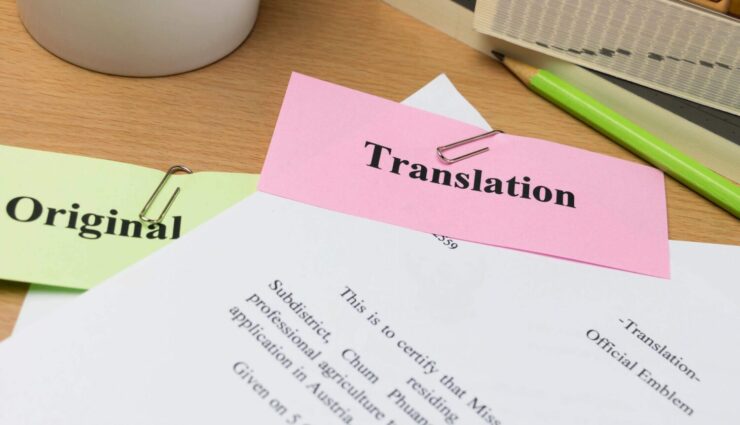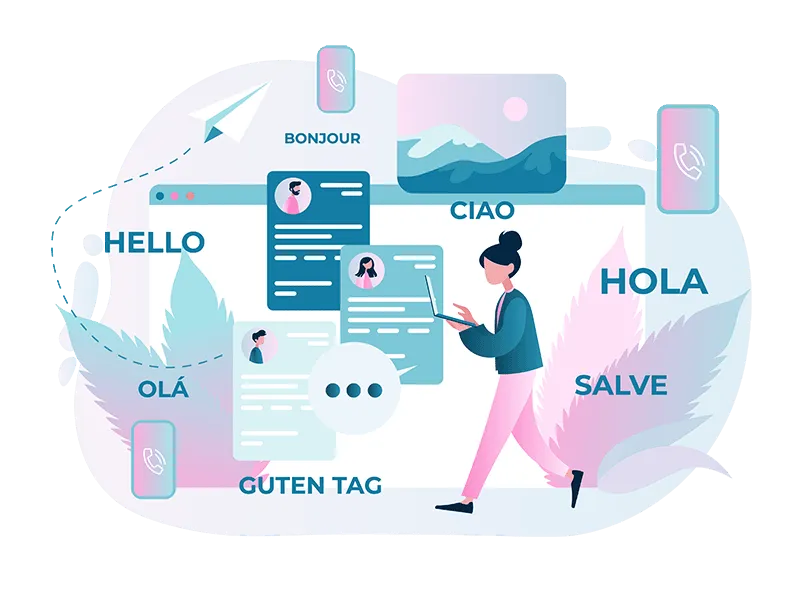Translating technical documents presents unique challenges, requiring not only language proficiency but also an in-depth understanding of the subject matter. The goal is to convey complex information accurately and clearly to ensure it is accessible to all readers, regardless of their background. This blog post explores key strategies and insights to enhance the precision and clarity of technical document translations.
Understanding the Subject Matter
Before embarking on the translation of a document, it is crucial to have a firm grasp of the subject. This foundational knowledge ensures that the translation accurately reflects the original text’s meaning and nuances.
Immersing yourself in the specific field related to the document is the first step. This might involve studying relevant literature, engaging with professionals in the field, or participating in specialized training. Such immersion aids in understanding the jargon, concepts, and context, which are vital for an accurate translation.
Developing or utilizing existing glossaries and terminology databases is essential. These tools provide consistent and accurate translations of terms and phrases, which is crucial for maintaining the document’s integrity and ensuring that the translated text is understandable to experts in the field.

Maintaining Technical Accuracy
Technical accuracy is the cornerstone of translating technical documents. Every term and concept must be translated with precision to avoid misinterpretation or confusion, which could have serious implications, especially in fields like medicine, engineering, and science.
Choosing the right words is paramount. The translator must select terms that precisely convey the meaning of the original text, considering the context and the potential for ambiguity. This often requires a deep dive into technical dictionaries and consultations with subject matter experts.
Many technical fields have specific standards and conventions for terminology, formatting, and presentation. Familiarity with these standards and strict adherence to them ensures that the document is not only accurate but also meets the expectations and norms of the target audience.
Ensuring Clarity and Readability
While accuracy is non-negotiable, the translated document must also be clear and easy to read. Clarity ensures that the intended audience, which may include professionals with varying levels of expertise and laypersons, can comprehend the material.
Breaking down complex ideas into simpler, more digestible parts is a skill. The translator must find a balance between simplifying the content for clarity and retaining the technical depth and specificity of the original document.
Tailoring Content to the Target Audience
When translating technical documents, recognizing the target audience’s specific needs is essential. The translation must be finely tuned to match the audience’s knowledge level, cultural background, and expectations to maximize both comprehension and engagement. This approach ensures that the content is accessible and resonant, regardless of the reader’s familiarity with the subject matter. Tools like those provided by Systransoft.com can be instrumental in this process. Their advanced solutions are designed to facilitate the adaptation of content to diverse audiences, supporting the creation of translations that are not only accurate but also culturally and contextually appropriate. Utilizing such resources can significantly enhance the effectiveness of technical document translations, making complex information more digestible and engaging for all readers.

Leveraging Technology and Tools
Technology plays a significant role in the translation of technical documents. From memory tools to specialized software, leveraging the right technology can enhance accuracy, consistency, and efficiency.
These tools store previously translated segments, which can be reused in new translations. This ensures consistency across documents and saves time, especially when dealing with repetitive content or updates to existing papers.
Software tailored to technical translations can handle complex formatting, equations, and technical diagrams, ensuring that these critical elements are preserved and accurately represented in the translated document.
Collaborating with Subject Matter Experts
Engaging with experts in the relevant technical field can significantly enhance the quality. These professionals provide invaluable insights into the subject matter, ensuring the translation’s accuracy and relevance.
Collaboration with subject matter experts (SMEs) ensures that technical nuances and industry-specific terminology are accurately captured. Their expertise helps in clarifying ambiguous terms and validating the technical content, which is crucial for maintaining the document’s integrity.
Incorporating Feedback Mechanisms
Feedback from peers and end-users is a critical component of the translation process. It offers a means to evaluate the translation’s effectiveness and identify areas for improvement.
Implementing a system for iterative reviews allows for continuous refinement of the translation. Feedback from initial users can highlight areas of confusion or misinterpretation, which can then be addressed to improve the document’s clarity and usefulness.
Establishing quality control mechanisms ensures the translation meets the highest standards of accuracy and readability. Regular audits and checks by language and subject matter experts help in maintaining consistency and precision across the document.

Adhering to Legal and Regulatory Requirements
Technical documents often have legal and regulatory implications. The translation must comply with the relevant laws and regulations of the target region or industry.
Translators need to be well-versed in the legal terminology and requirements pertinent to the document. This ensures that the translation not only conveys the original meaning but also adheres to the legal standards of the target audience’s country or industry.
Utilizing Localization Strategies
Localization goes beyond translation by adapting the content to the cultural and social context of the target audience. This ensures the document is not only linguistically accurate but also culturally relevant and engaging.
Localization involves adjusting examples, idioms, and references to resonate with the target audience’s cultural background. This makes the content more relatable and easier to understand, enhancing its overall impact.
Emphasizing Consistency Across Translations
Consistency is key in technical translations, especially when dealing with multiple documents within the same project or field. Maintaining a uniform style and terminology ensures clarity and fosters trust among the target audience.
Creating comprehensive style guides for translations ensures that all documents maintain a consistent tone, style, and use of terminology. This is particularly important in large projects or when multiple translators are involved.

Conclusion
Translating technical documents demands a blend of linguistic skills, technical knowledge, and sensitivity to the target audience’s needs. By adhering to the principles of understanding the subject matter, maintaining technical accuracy, ensuring clarity and readability, tailoring content to the audience, and leveraging technology, translators can produce translations that are not only precise and clear but also engaging and accessible to a diverse readership. This meticulous approach ensures that technical documents serve their intended purpose, bridging language barriers and facilitating global communication in specialized fields.

